People with two types of cancers who need treatment costing millions of New Taiwan dollars are now covered by the National Health Insurance (NHI) system.
From Nov. 1, people with B-cell acute lymphoblastic leukemia (B-ALL), one of the most common types of childhood cancer, or relapsed or refractory diffuse large B-cell lymphoma (DLBCL) are covered if they meet certain criteria, the National Health Insurance Administration (NHIA) announced last month.
The therapy for people with these cancers takes T cells and modifies them with chimeric antigen receptors (CARs) so that they can recognize and destroy cancer cells.
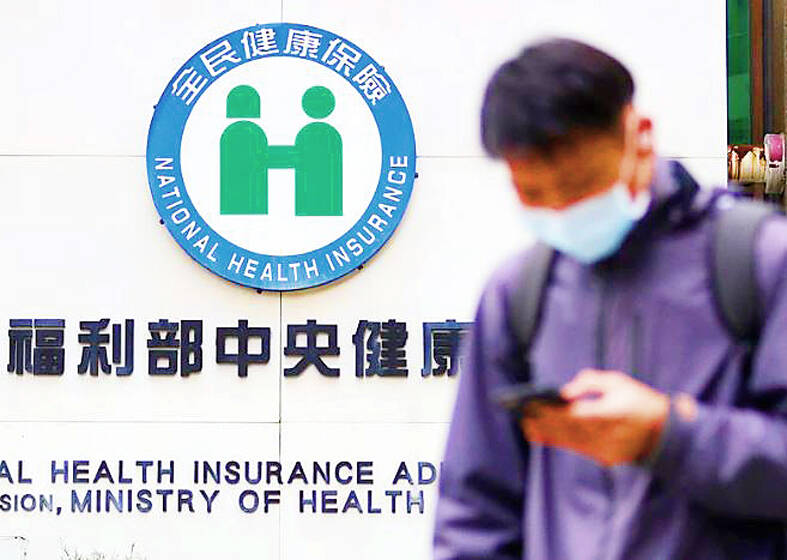
Photo: CNA
It costs about NT$8.19 million (US$253,537), said Huang Yu-wen (黃育文), director of the NHIA’s Medical Review and Pharmaceutical Benefits Division.
Given the cost, the NHIA has limited coverage to two types of cancer patients and a period of up to two years, but discussions are to be held to decide if the coverage should last longer, NHIA Director-General Shih Chung-liang (石崇良) said.
The Food and Drug Administration previously approved the use of CAR T cell therapy for all people with B-ALL aged 25 or under and for people with DLBCL whose cancers have relapsed or not responded to first or second-line treatments.
To be eligible for NHI coverage under the new program, people with B-ALL must be aged 25 or under, have leukemia that has not responded to other treatments, have relapsed after a bone marrow transplant or have had more than one relapse.
People with DLBCL are eligible for coverage if their cancer has recurred or not responded to treatments considered to be second-line or higher.
Huang Wei-han (黃威翰), deputy director of Hualien Tzu Chi Hospital’s Cell Therapy Center, said that 15 to 20 percent of young people with B-ALL have relapses, and only 30 to 50 percent of those who have relapses survive for five years.
About half of adult cases relapse, and only 10 percent of them survive for five years, he said.
Last year, a 10-year-old girl who had been battling B-ALL for more than four years became the first person in Taiwan to be successfully treated using CAR T cell therapy, Huang said.
Meanwhile, bone marrow transplants do not work for roughly half of all people with DLBCL, and those diagnosed with a cancer that has not responded to treatment or whose cancer has relapsed after a bone marrow transplant have only a 20 percent chance of surviving for two years, he said.
Huang Tai-chung (黃泰中), an attending hematology physician at National Taiwan University Hospital and secretary-general of the Hematology Society of Taiwan, said that 40 percent of people with DLBCL become completely cancer free after receiving CAR T cell treatment, while 13 percent are partially cured.
“Even if their cancer is only partially cured, it means a lot to the patients,” because it can help prepare them for the next stage of treatment, he said.
Sixty percent of people with B-ALL whose bone marrow transplants have failed can be completely cured with CAR T cell treatment, Huang Tai-chung said.
People can receive CAR T cell treatment at seven hospitals in Taiwan: National Taiwan University Hospital, National Taiwan University Cancer Center, Linkou Chang Gung Memorial Hospital, China Medical University Hospital, Taichung Veterans General Hospital, Kaohsiung Medical University Chung-Ho Memorial Hospital and Hualien Tzu Chi Hospital, Shih said.
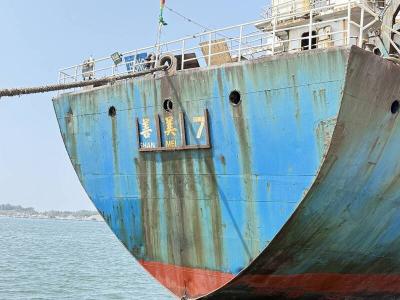
An undersea cable to Penghu County has been severed, the Ministry of Digital Affairs said today, with a Chinese-funded ship suspected of being responsible. It comes just a month after a Chinese ship was suspected of severing an undersea cable north of Keelung Harbor. The National Communications and Cyber Security Center received a report at 3:03am today from Chunghwa Telecom that the No. 3 cable from Taiwan to Penghu was severed 14.7km off the coast of Tainan, the Ministry of Digital Affairs said. The Coast Guard Administration (CGA) upon receiving a report from Chunghwa Telecom began to monitor the Togolese-flagged Hong Tai (宏泰)
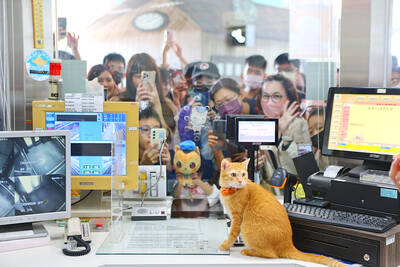
A cat named Mikan (蜜柑) has brought in revenue of more than NT$10 million (US$305,390) for the Kaohsiung MRT last year. Mikan, born on April 4, 2020, was a stray cat before being adopted by personnel of Kaohsiung MRT’s Ciaotou Sugar Refinery Station. Mikan was named after a Japanese term for mandarin orange due to his color and because he looks like an orange when curled up. He was named “station master” of Ciaotou Sugar Refinery Station in September 2020, and has since become famous. With Kaohsiung MRT’s branding, along with the release of a set of cultural and creative products, station master Mikan
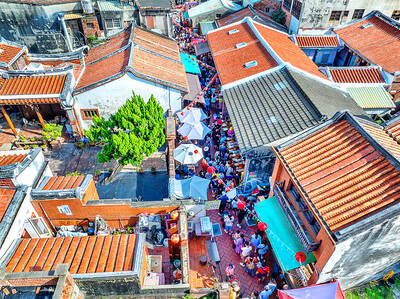
RISING TOURISM: A survey showed that tourist visits increased by 35 percent last year, while newly created attractions contributed almost half of the growth Changhua County’s Lukang Old Street (鹿港老街) and its surrounding historical area clinched first place among Taiwan’s most successful tourist attractions last year, while no location in eastern Taiwan achieved a spot in the top 20 list, the Tourism Administration said. The listing was created by the Tourism Administration’s Forward-looking Tourism Policy Research office. Last year, the Lukang Old Street and its surrounding area had 17.3 million visitors, more than the 16 million visitors for the Wenhua Road Night Market (文化路夜市) in Chiayi City and 14.5 million visitors at Tainan’s Anping (安平) historical area, it said. The Taipei 101 skyscraper and its environs —
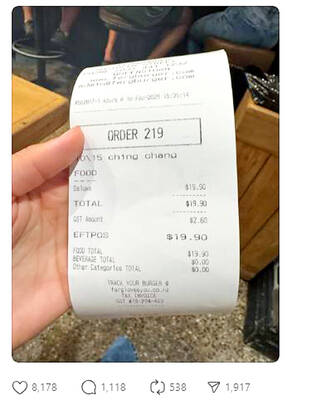
Taiwan on Friday said a New Zealand hamburger restaurant has apologized for a racist remark to a Taiwanese customer after reports that it had first apologized to China sparked outrage in Taiwan. An image posted on Threads by a Taiwanese who ate at Fergburger in Queenstown showed that their receipt dated Sunday last week included the words “Ching Chang,” a racial slur. The Chinese Consulate-General in Christchurch in a statement on Thursday said it had received and accepted an apology from the restaurant over the incident. The comment triggered an online furor among Taiwanese who saw it as an insult to the